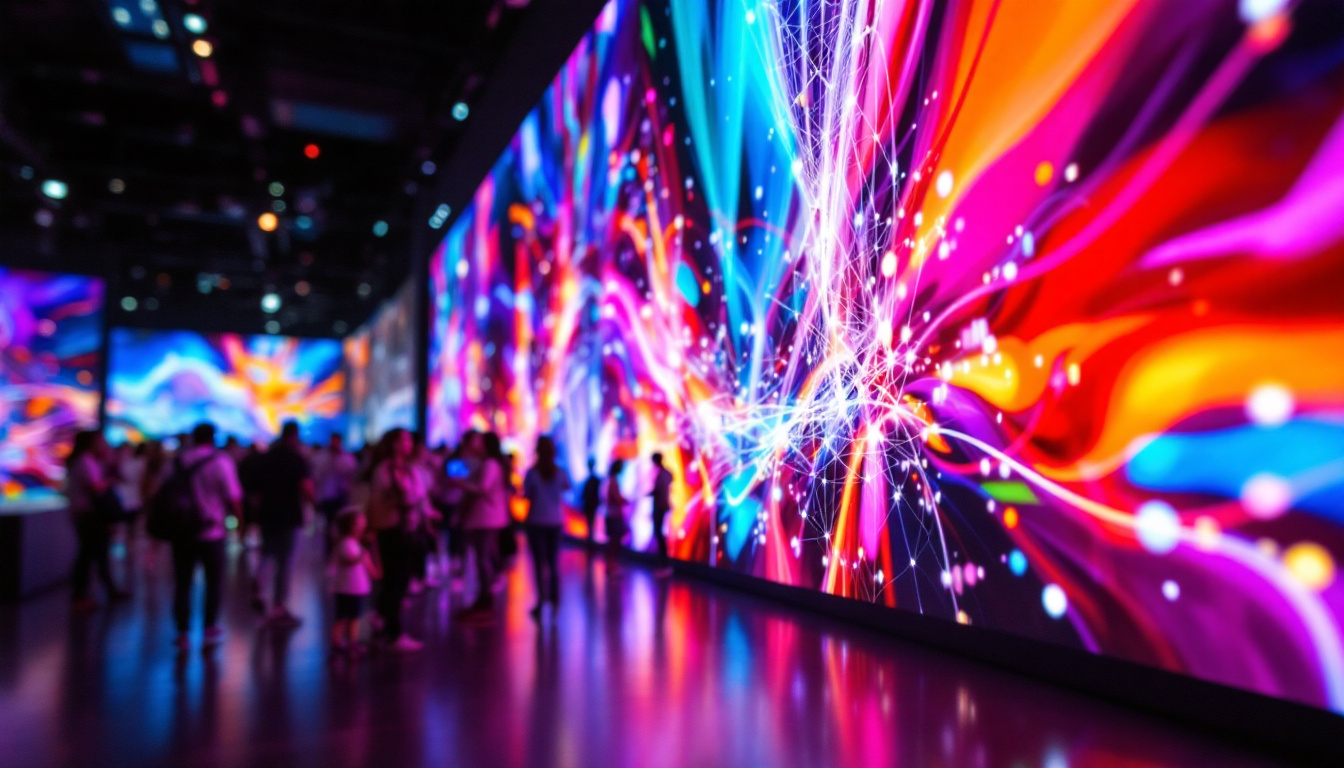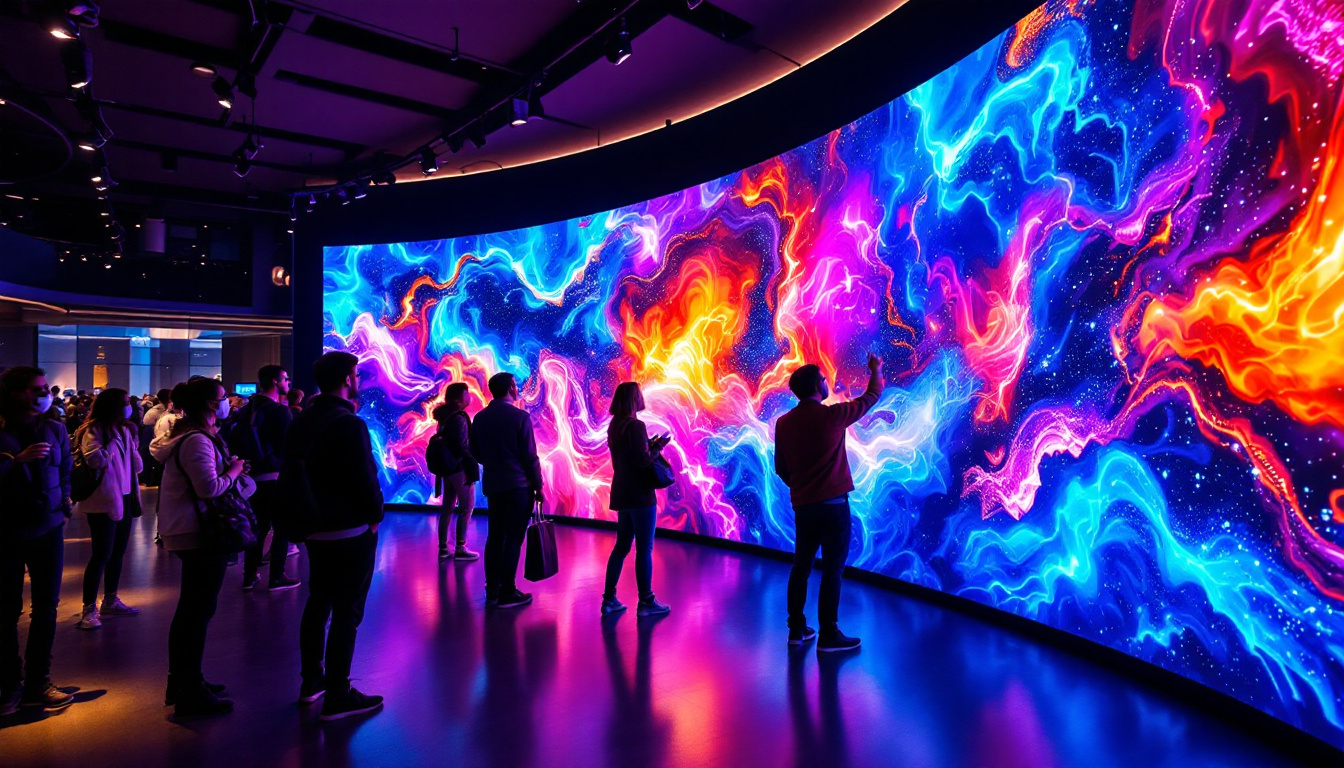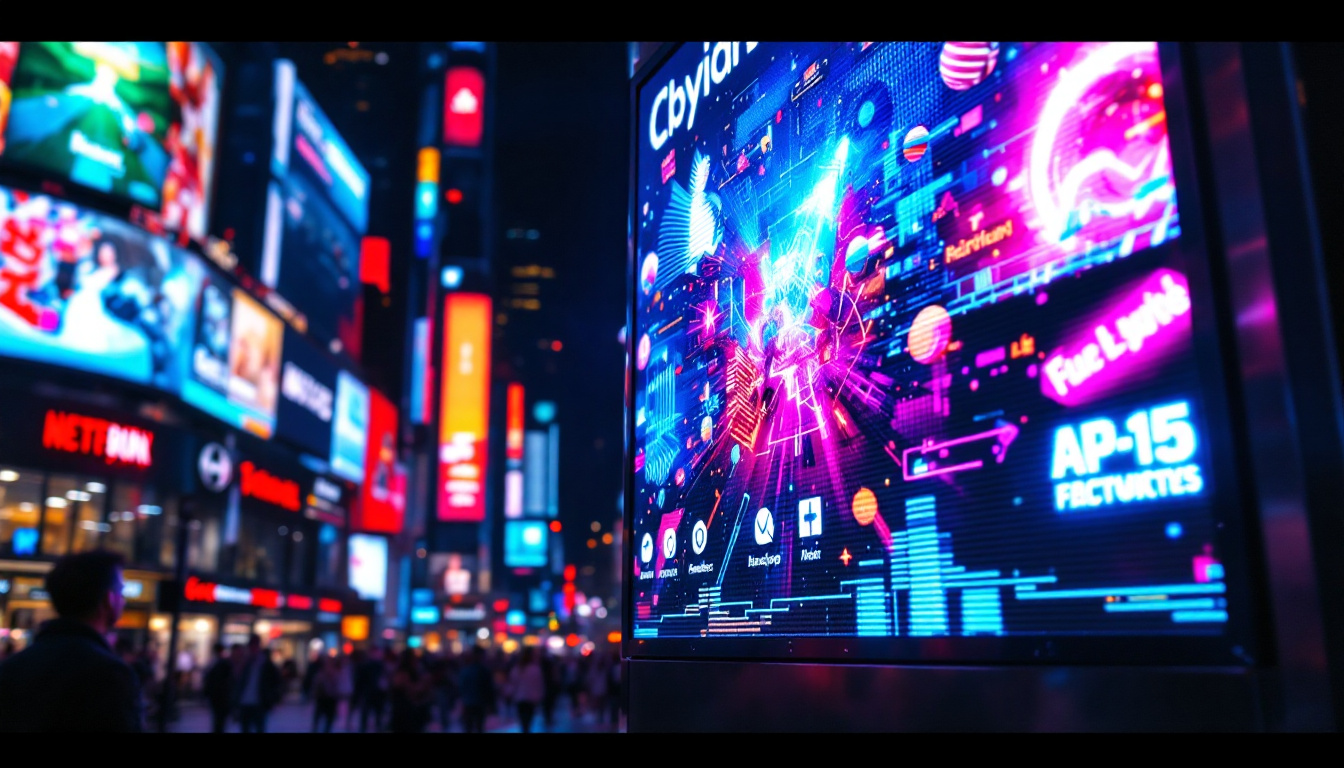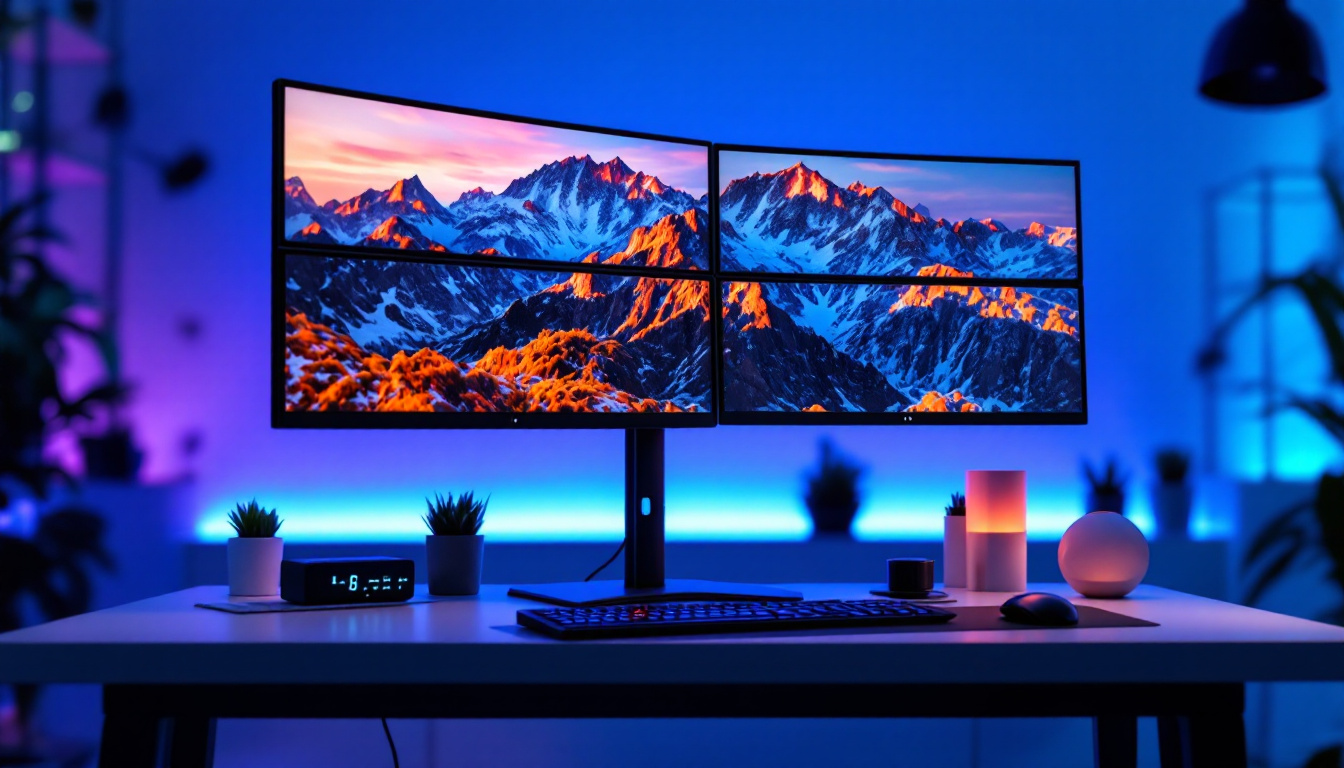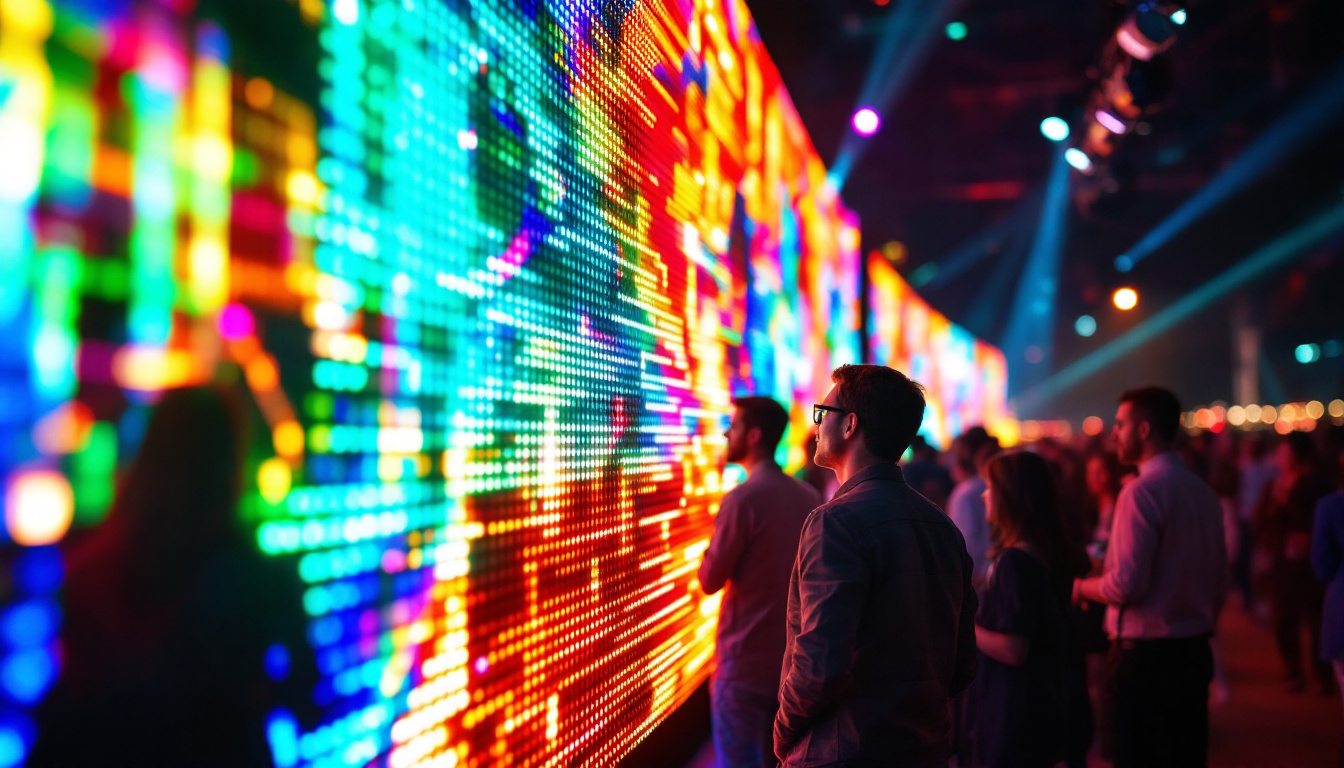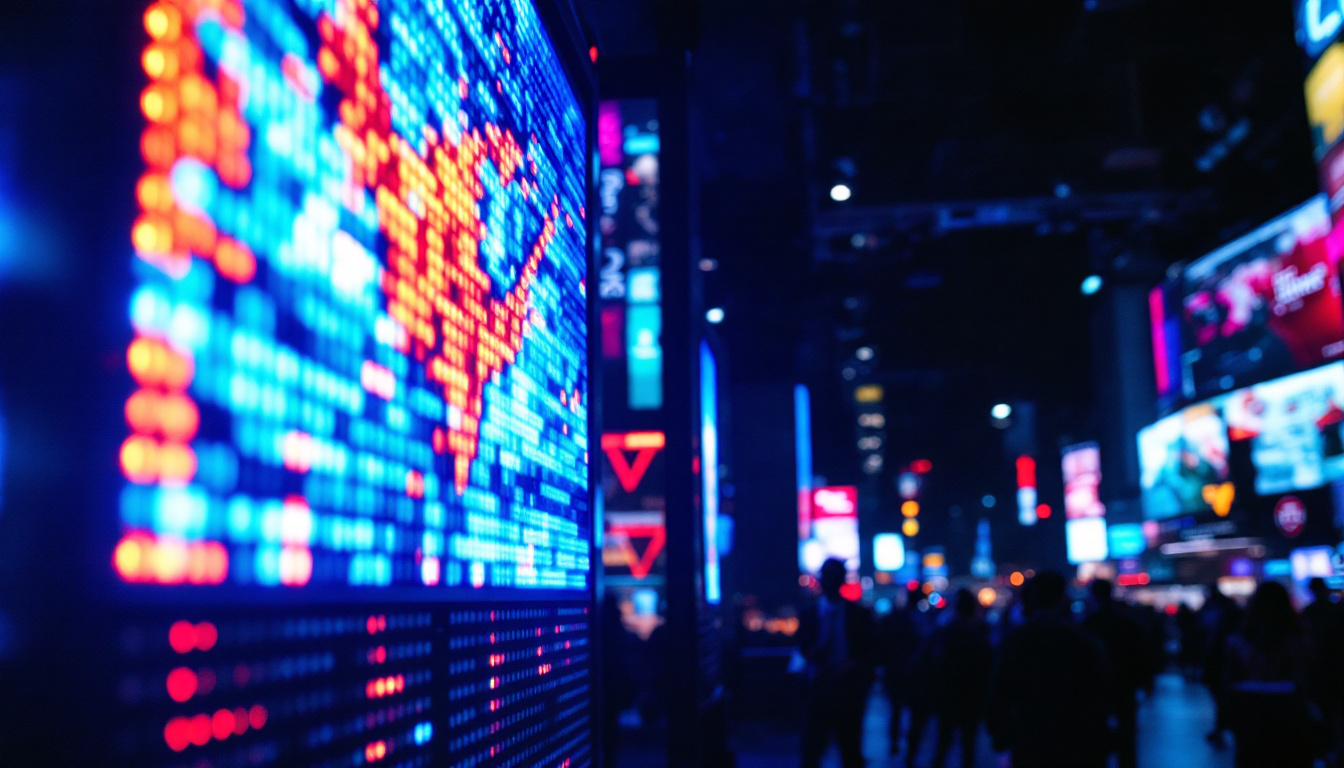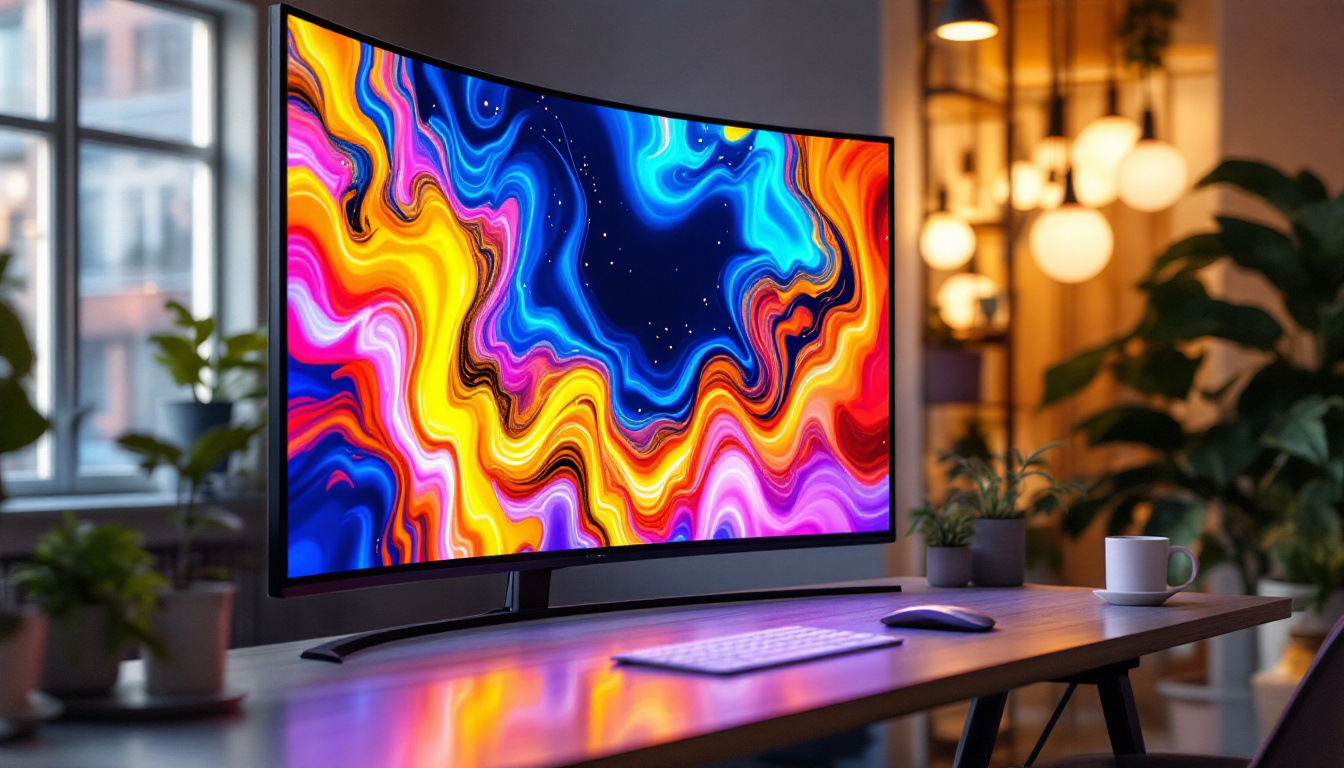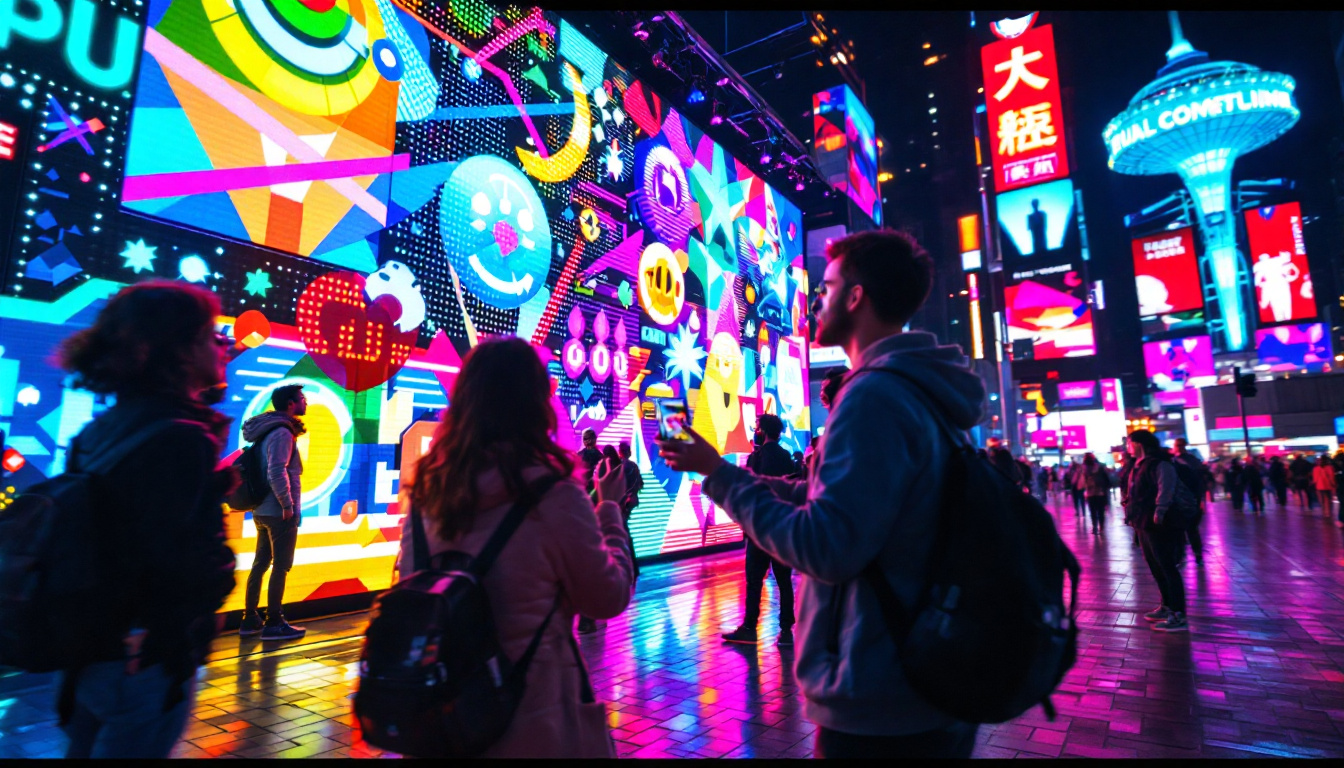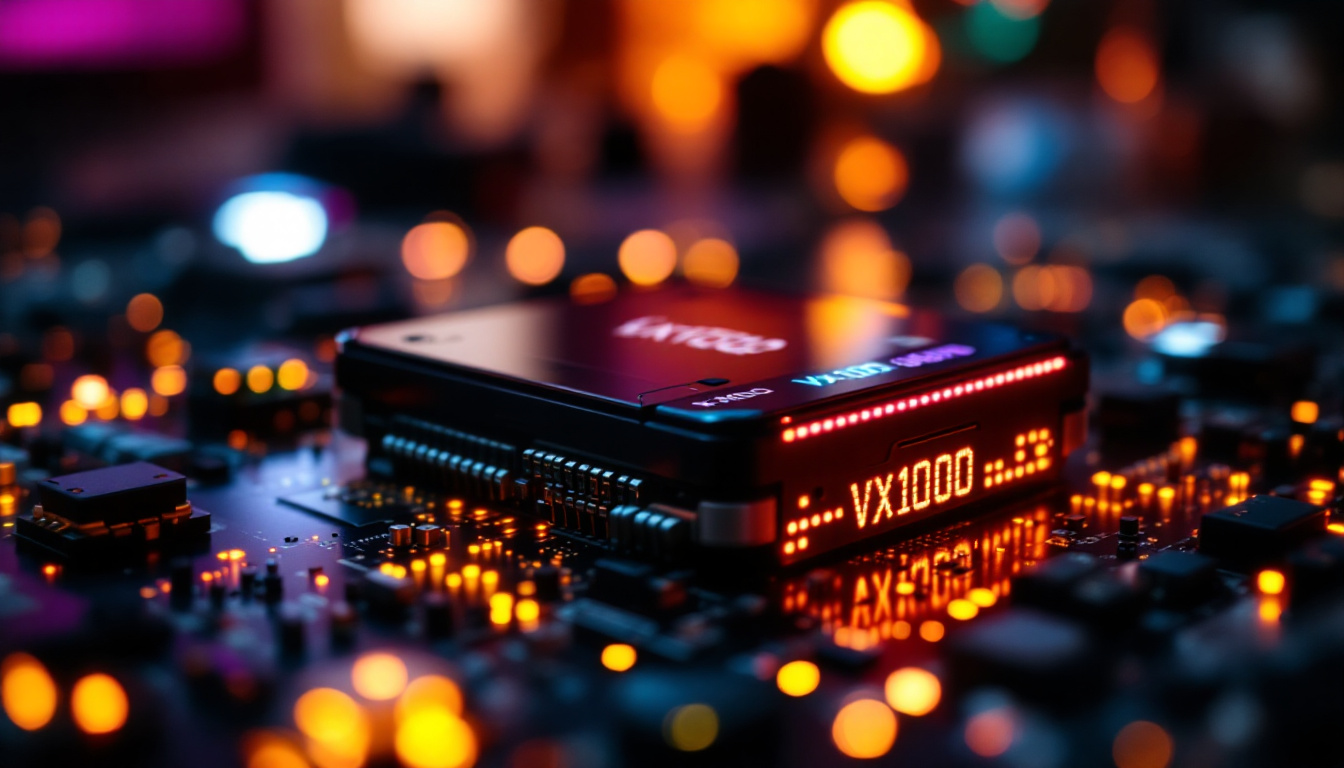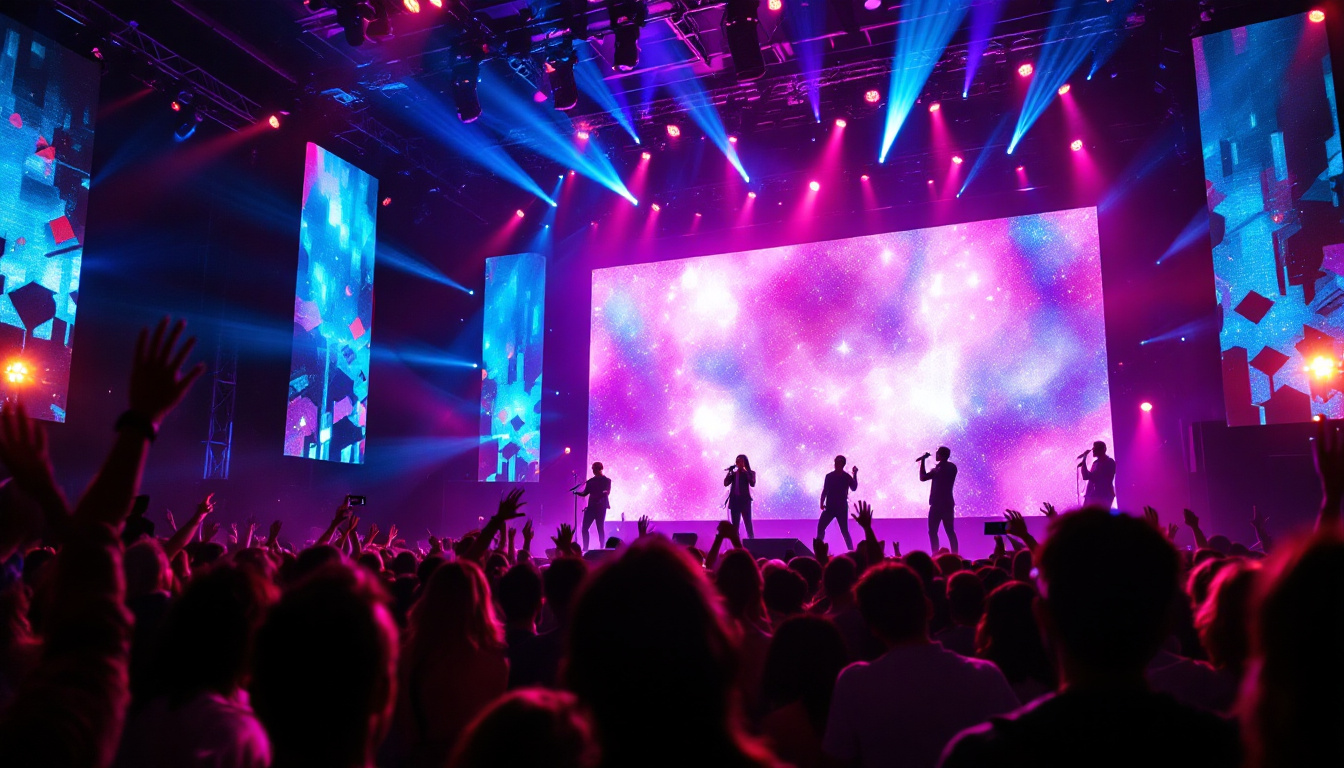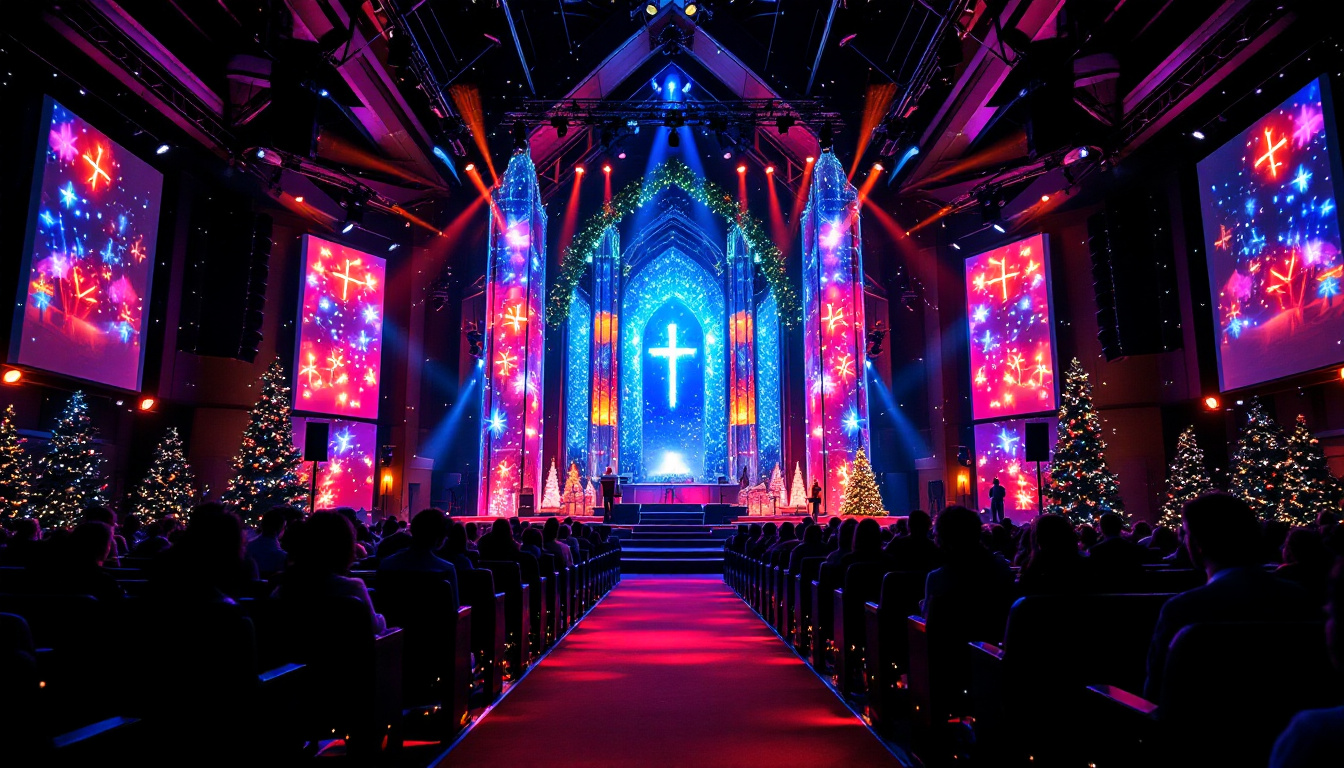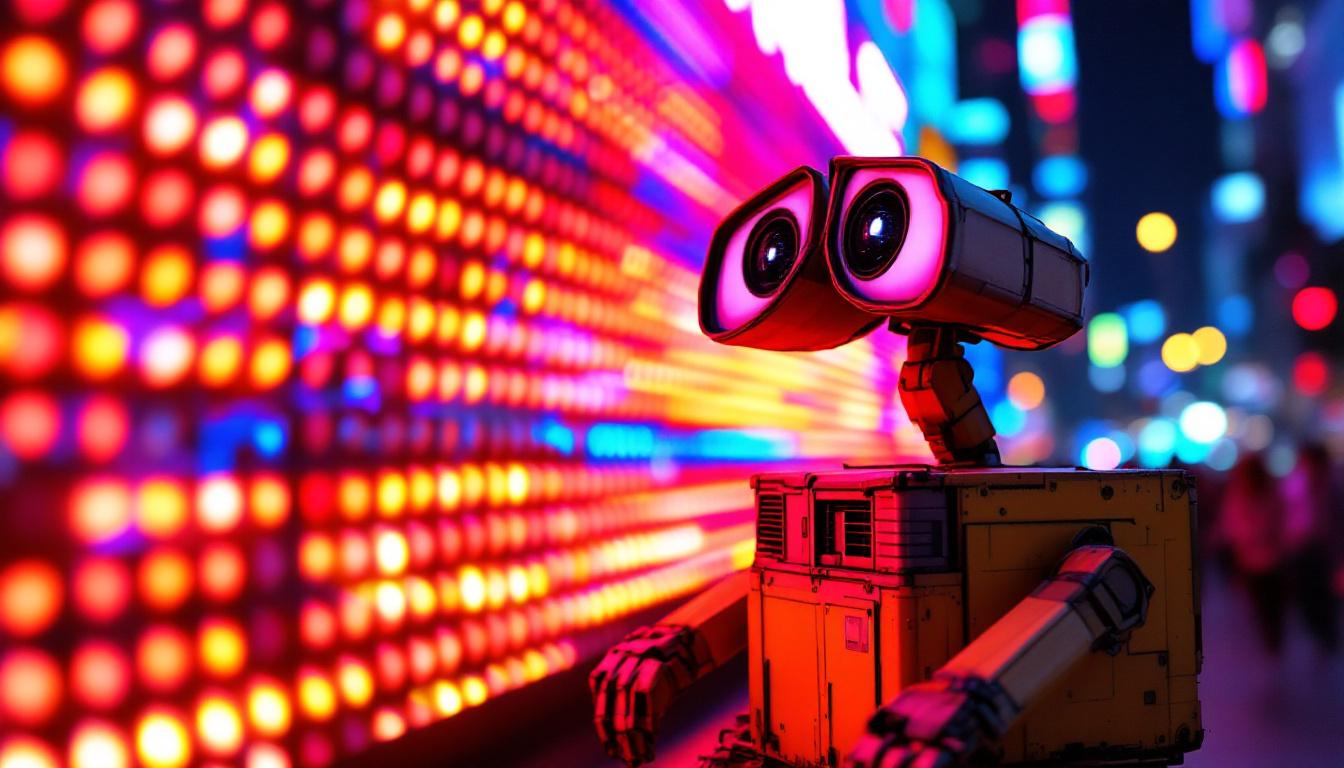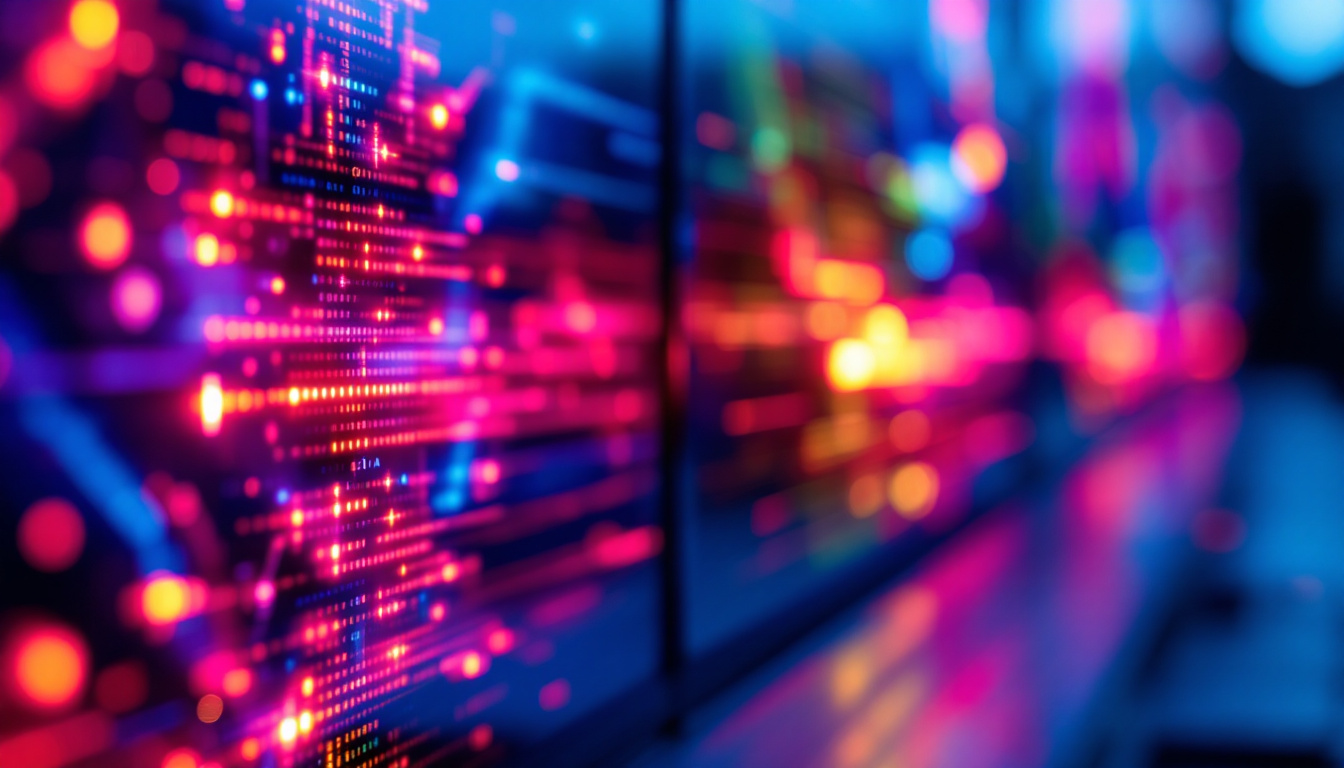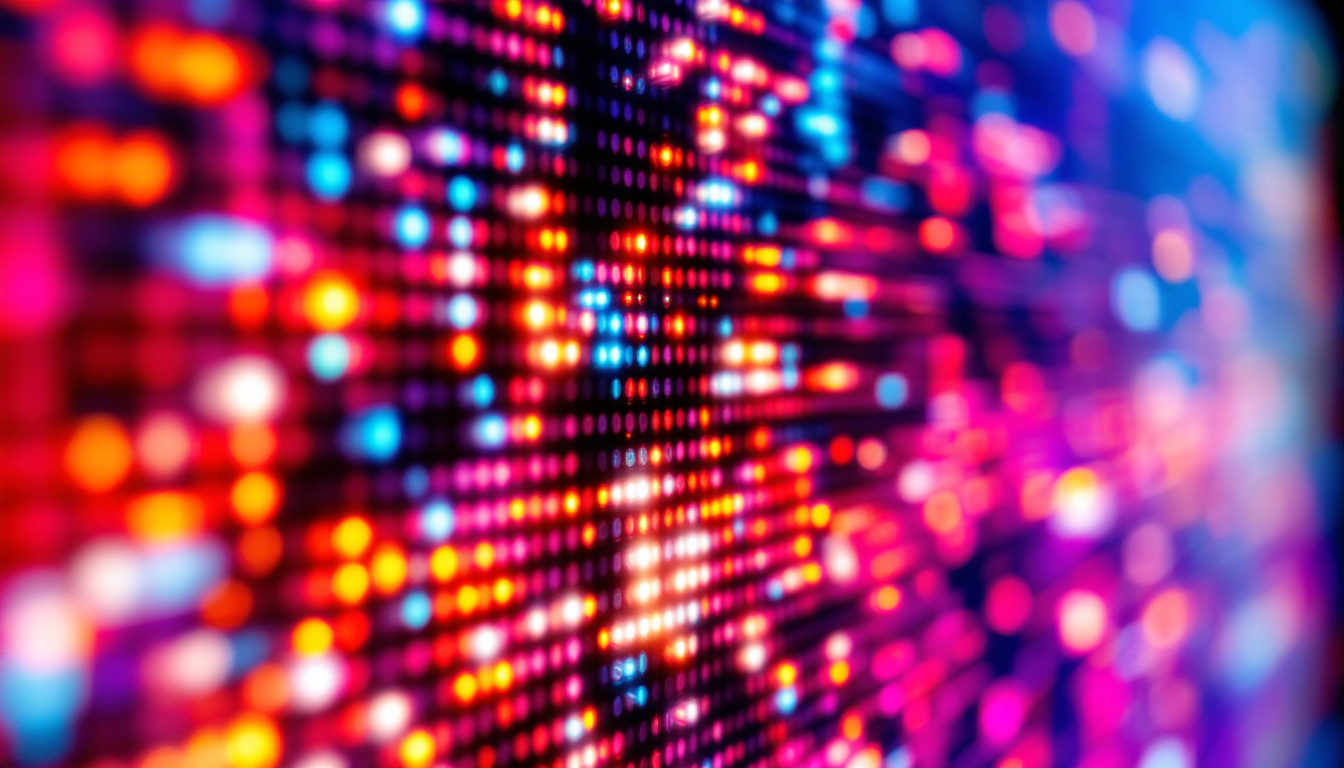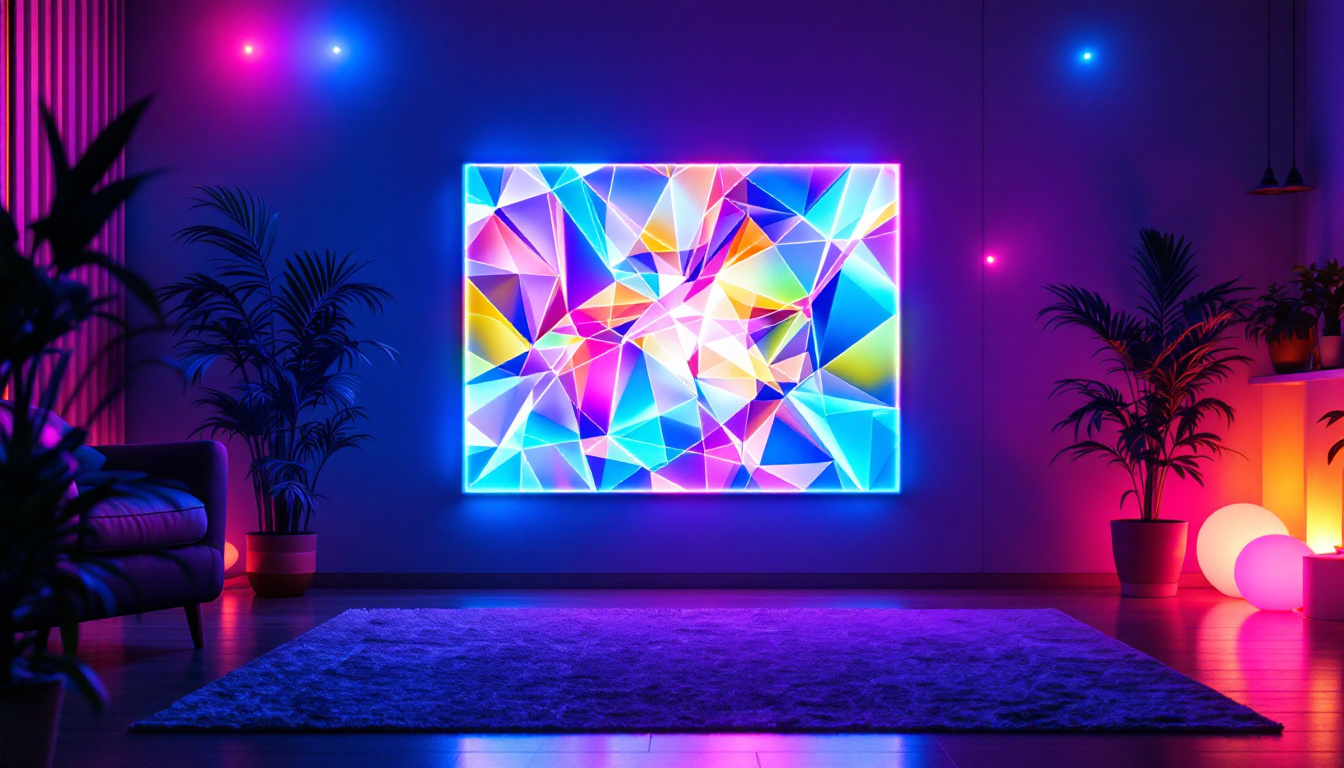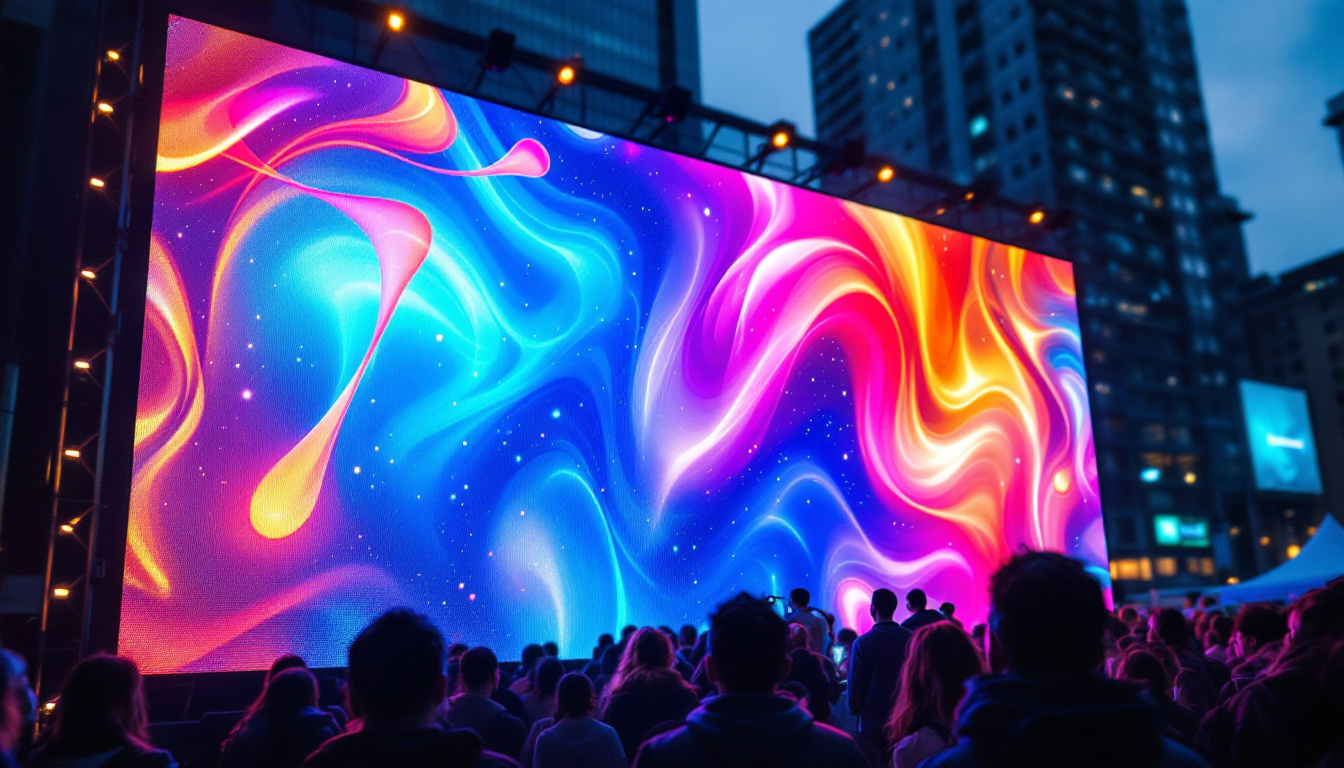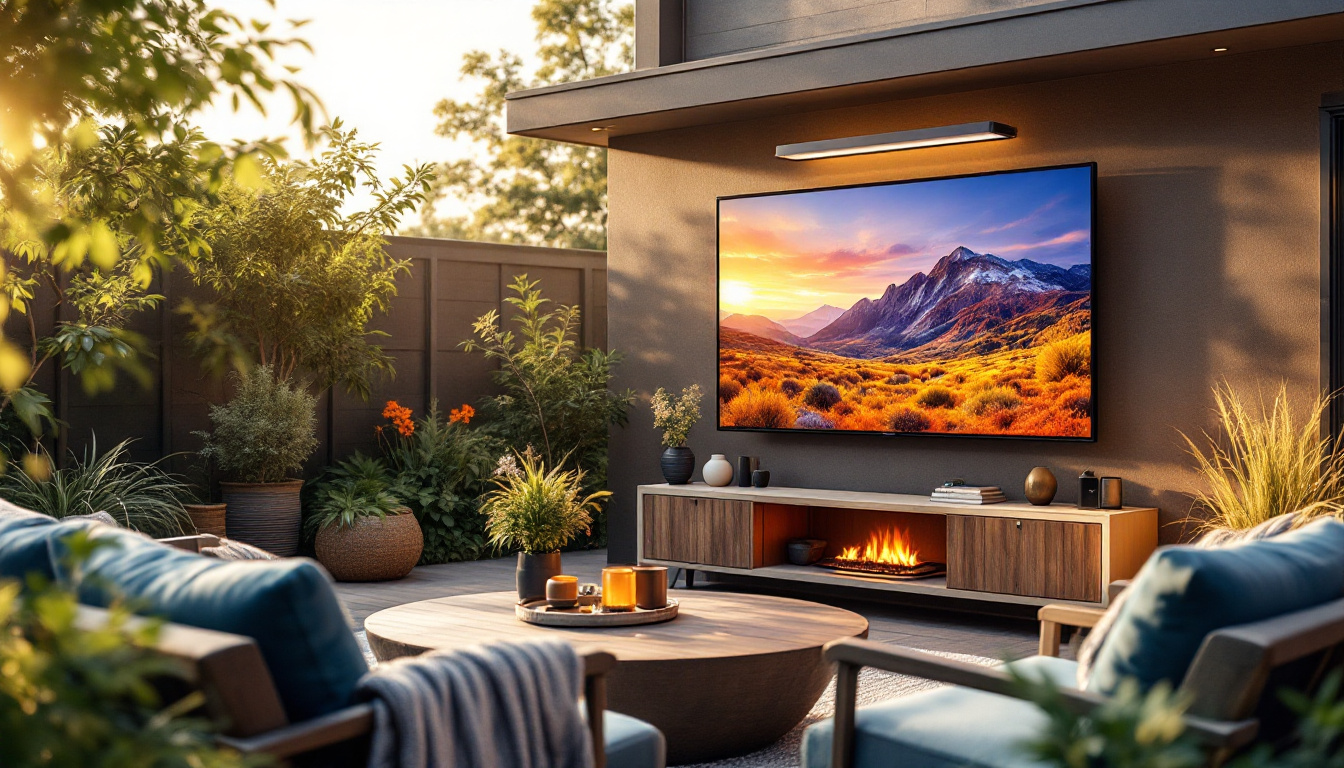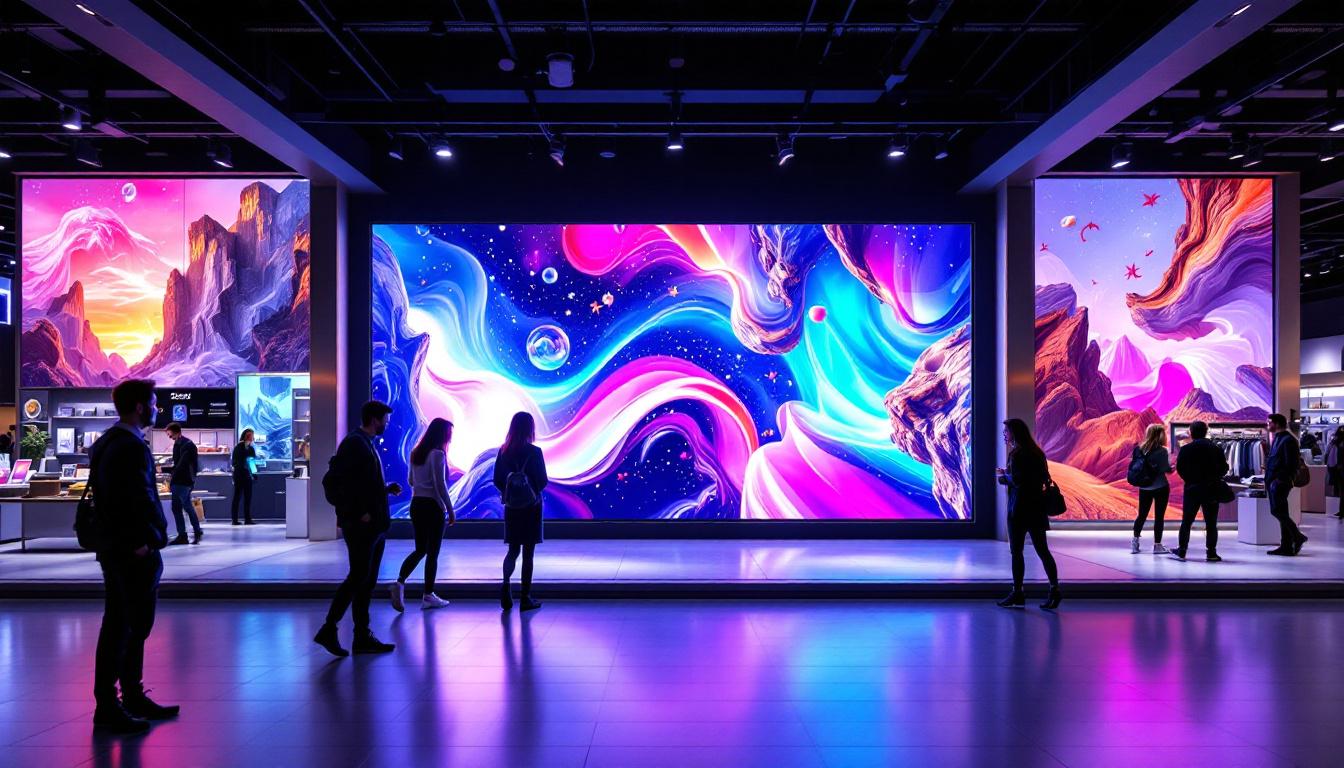In recent years, LED displays have become an essential component in museums and galleries, enhancing the way art and information are presented to the public. These displays not only provide a modern aesthetic but also offer significant advantages in terms of visibility, energy efficiency, and interactivity. This article delves into the various aspects of LED displays, their applications in museums, and the technology behind them.
The Evolution of Display Technology
Display technology has undergone significant transformations since its inception. From traditional paintings and printed materials to digital displays, the evolution has been driven by advancements in technology and changing audience expectations.
From Analog to Digital
The transition from analog to digital displays marked a pivotal moment in how information is conveyed. Initially, museums relied heavily on printed materials and static displays. However, as technology advanced, the need for more dynamic and engaging presentations became apparent. Digital displays allowed for the integration of multimedia elements, such as videos and animations, which can capture the attention of visitors more effectively than static displays. This shift not only enhanced the visitor experience but also provided curators with the flexibility to update content regularly, ensuring that exhibitions remain relevant and informative. As a result, museums began to embrace interactive kiosks and touchscreen interfaces, allowing visitors to delve deeper into the stories behind the exhibits, fostering a more immersive learning environment.
The Rise of LED Technology
Light Emitting Diodes (LEDs) emerged as a game-changer in the display industry. Unlike traditional display technologies, LEDs offer brighter images, lower energy consumption, and longer lifespans. This shift has made LED displays a popular choice for museums looking to modernize their exhibits while being environmentally conscious. Furthermore, the versatility of LED technology has allowed for innovative applications, such as transparent displays and flexible screens, which can be seamlessly integrated into architectural designs. This capability not only enhances the aesthetic appeal of exhibitions but also opens up new avenues for storytelling, as curators can create captivating visual narratives that guide visitors through their experiences. As LED technology continues to evolve, the potential for augmented reality and interactive installations becomes increasingly feasible, promising to redefine how we engage with art and history in the years to come.
Advantages of LED Displays in Museums
LED displays bring a multitude of benefits to museums, enhancing the visitor experience and improving operational efficiency. Understanding these advantages can help museum curators and administrators make informed decisions about their display technologies.
Enhanced Visual Quality
One of the most significant advantages of LED displays is their ability to produce vibrant colors and high contrast ratios. This enhanced visual quality ensures that artworks and information are presented in the best possible light. The clarity and brightness of LED displays can draw visitors in, making them more likely to engage with the content. Furthermore, the wide viewing angles of LED technology allow for a consistent visual experience, ensuring that even visitors standing at the periphery can appreciate the details and colors of the displayed items, which is particularly beneficial in crowded exhibition spaces.
Energy Efficiency and Sustainability
In an era where sustainability is a priority, LED displays stand out for their energy efficiency. They consume significantly less power compared to traditional display technologies, which not only reduces operational costs but also minimizes the museum’s carbon footprint. Many museums are now prioritizing eco-friendly solutions, and LED technology aligns perfectly with this goal. Additionally, the longevity of LED displays means that they require less frequent replacement, further contributing to waste reduction and resource conservation. By adopting LED technology, museums can not only save on energy bills but also promote a message of sustainability to their visitors, reinforcing their commitment to environmental stewardship.
Interactivity and Engagement
Modern audiences crave interactivity, and LED displays can facilitate this need through touchscreens and interactive content. Museums can create immersive experiences that allow visitors to explore exhibits in a more hands-on manner. For instance, interactive displays can provide additional information about an artwork or allow users to manipulate digital representations of artifacts, enriching their understanding and appreciation. This level of engagement can transform a passive viewing experience into an active exploration, encouraging deeper connections with the exhibits. Moreover, the integration of augmented reality (AR) features into LED displays can transport visitors into historical contexts or provide visualizations of how artifacts were used in their original settings, making the learning experience not only informative but also captivating and memorable.
Applications of LED Displays in Museums
LED displays can be utilized in various ways within museum settings, enhancing both the aesthetic appeal and the educational value of exhibits. Here are some common applications of LED technology in museums.
Exhibit Displays
LED screens can serve as primary exhibit displays, showcasing artworks, historical artifacts, or multimedia presentations. By incorporating LED technology, museums can create dynamic exhibits that change over time, keeping the content fresh and engaging for repeat visitors. For instance, rotating displays can feature different pieces of art or artifacts, ensuring that there is always something new to see. Additionally, LED displays can be integrated with augmented reality (AR) applications, allowing visitors to use their smartphones or tablets to interact with the exhibits in a more immersive way. This technology can provide deeper insights into the context of the artwork or artifact, offering layers of information that traditional placards cannot convey.
Wayfinding and Information Kiosks
In larger museums, navigating through various exhibits can be challenging for visitors. LED displays can be employed as wayfinding tools, guiding guests through the museum with interactive maps and information kiosks. These displays can provide real-time updates about exhibit locations, schedules for guided tours, and special events, enhancing the overall visitor experience. Furthermore, the use of LED technology can also accommodate multiple languages, making it easier for international visitors to navigate the space. By incorporating touch-screen capabilities, these kiosks can allow users to search for specific exhibits or learn about the museum’s history, creating a personalized experience that caters to individual interests.
Event Promotion and Communication
Museums often host events, workshops, and lectures that require effective promotion. LED displays can be strategically placed throughout the museum to communicate upcoming events, ticketing information, and special announcements. This not only helps in engaging visitors but also drives attendance to various programs. Moreover, the vibrant colors and high-resolution images that LED displays offer can capture attention more effectively than traditional printed materials. By utilizing motion graphics or video content, museums can create eye-catching advertisements that highlight the unique aspects of each event, encouraging spontaneous participation from visitors who may not have planned to attend. This dynamic approach to communication can significantly enhance the museum’s outreach and foster a more vibrant community engagement.
Challenges and Considerations
While LED displays offer numerous advantages, there are challenges and considerations that museums must address when implementing this technology. Understanding these factors can help ensure successful integration into existing exhibits and operations.
Cost and Budgeting
One of the primary challenges associated with LED displays is the initial investment required for purchasing and installing the technology. While the long-term benefits, such as energy savings and reduced maintenance costs, can offset these expenses, museums must carefully consider their budgets and funding sources before making a commitment.
Content Management and Maintenance
Maintaining the quality and relevance of content displayed on LED screens is crucial. Museums need to invest in content management systems that allow for easy updates and changes to the information presented. Additionally, regular maintenance is necessary to ensure that the displays function optimally and remain visually appealing.
Technical Expertise
Implementing LED technology may require specialized technical expertise that museums may not possess in-house. Training staff or hiring external consultants can be necessary to ensure that the technology is used effectively and that any technical issues are resolved promptly.
The Future of LED Displays in Museums
The future of LED displays in museums looks promising, with ongoing advancements in technology and an increasing emphasis on visitor engagement. As museums continue to evolve, LED displays will play a crucial role in shaping the way art and information are presented.
Innovations in Display Technology
As technology continues to advance, new innovations in LED displays are emerging. For instance, flexible LED screens allow for creative installations that can adapt to various exhibit spaces. Additionally, advancements in resolution and color accuracy are making it possible to create even more lifelike representations of artworks, enhancing the visitor experience.
Integration with Augmented Reality
Augmented reality (AR) is becoming increasingly popular in museums, and LED displays can serve as a platform for AR experiences. By integrating AR with LED technology, museums can provide visitors with interactive experiences that blend the physical and digital worlds. For example, visitors could use their smartphones or AR glasses to see additional layers of information or animations overlaid on the LED displays, creating a more immersive experience.
Personalization and Data Analytics
As museums gather more data about visitor preferences and behaviors, there is potential for personalized experiences through LED displays. By analyzing visitor data, museums can tailor content to specific audiences, ensuring that the information presented resonates with individual visitors. This level of personalization can enhance engagement and create a more meaningful experience for guests.
Conclusion
LED displays have revolutionized the way museums present information and engage with visitors. With their vibrant visuals, energy efficiency, and potential for interactivity, these displays offer a modern solution to traditional exhibition challenges. While there are challenges associated with implementing LED technology, the benefits far outweigh the drawbacks.
As museums continue to embrace innovation, the future of LED displays looks bright. By integrating cutting-edge technology and focusing on visitor engagement, museums can create enriching experiences that educate and inspire audiences for years to come.
In summary, LED displays are not just a trend; they represent a fundamental shift in how museums operate and connect with their visitors. As technology evolves, so too will the possibilities for LED displays, paving the way for a new era of museum experiences.
Discover the Future of Museum Displays with LumenMatrix
Ready to elevate your museum’s exhibit experience with the latest in LED display technology? LumenMatrix is at the forefront of creating immersive and interactive visual experiences that captivate and educate audiences. From Indoor and Outdoor LED Wall Displays to innovative solutions like LED Transparent Displays, our products are designed to revolutionize the way museums communicate and engage with visitors. Don’t miss the opportunity to transform your space with our advanced LED display modules. Check out LumenMatrix LED Display Solutions today and step into the future of museum storytelling.

